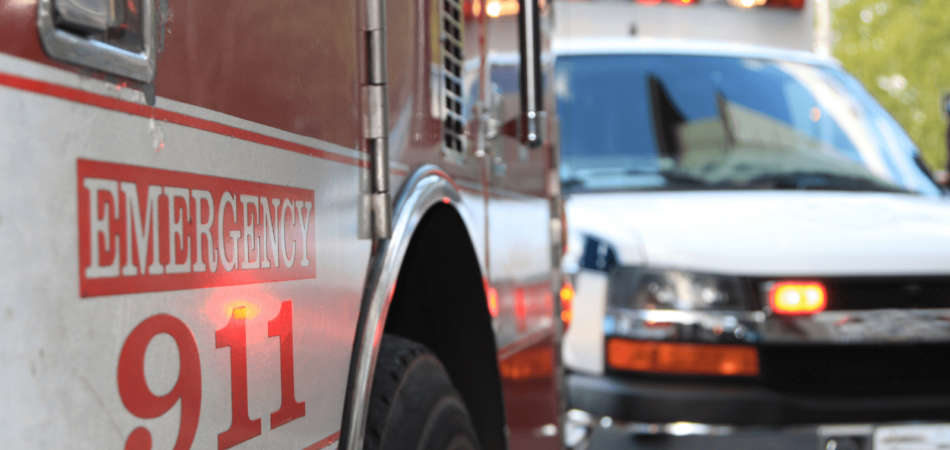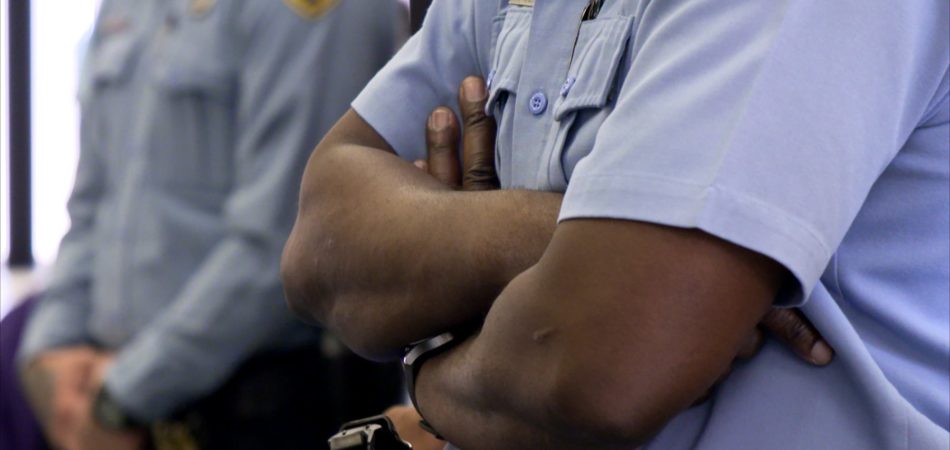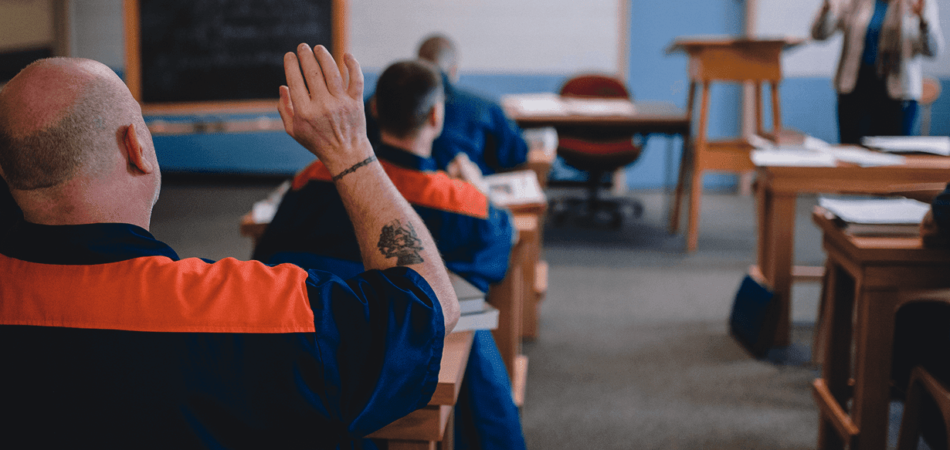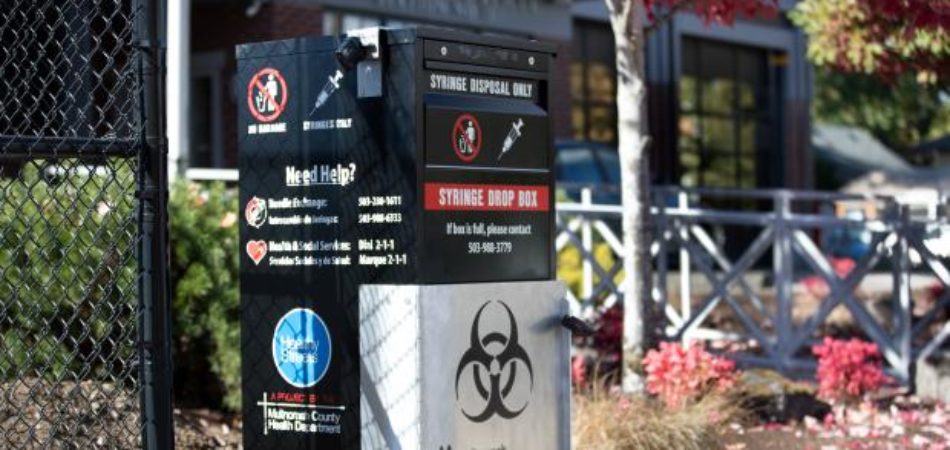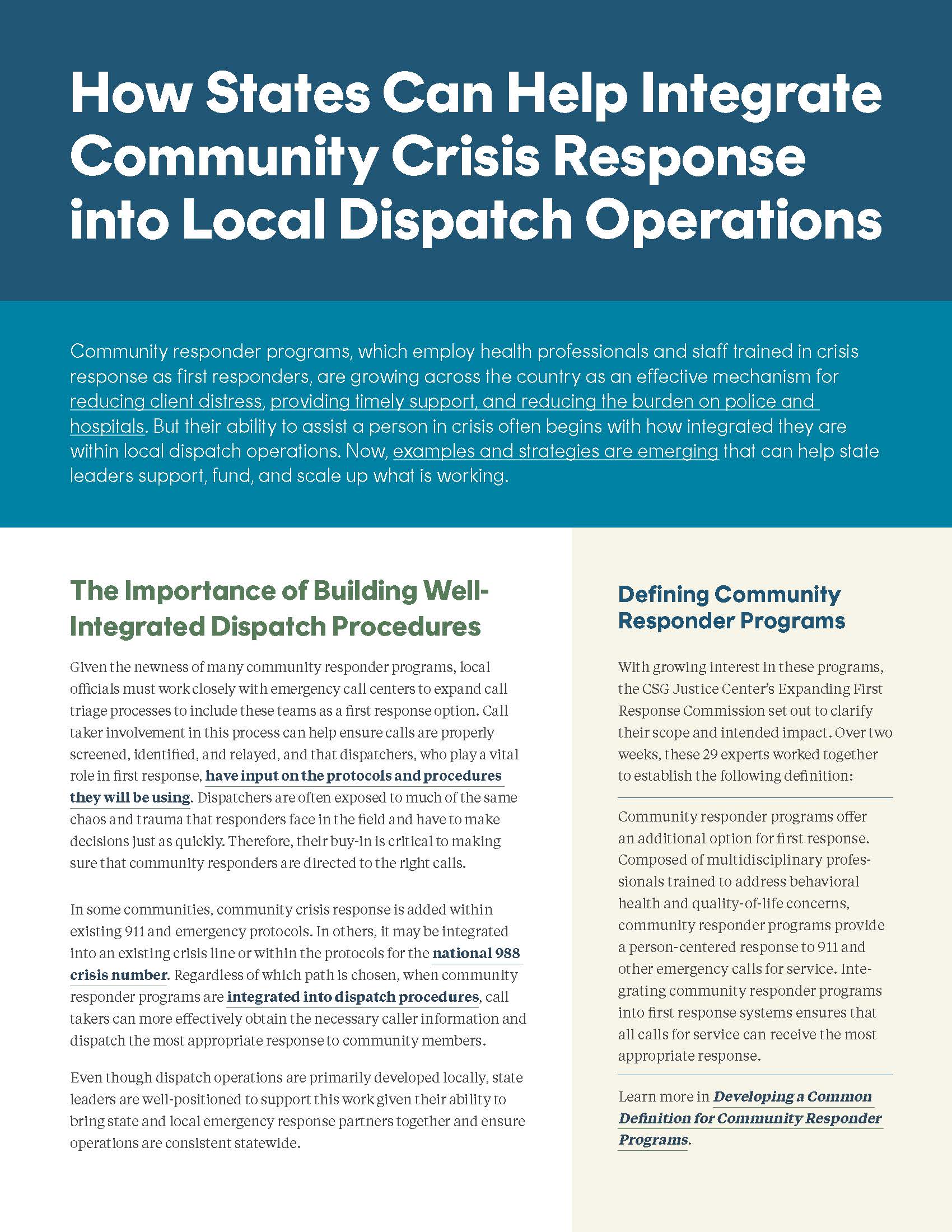How States Can Help Integrate Community Crisis Response into Local Dispatch Operations
Community responder programs are growing across the country as an effective mechanism for reducing client distress, providing timely support, and reducing the burden on police and hospitals. But their ability to assist a person in crisis often begins with how integrated they are within local 911 and emergency dispatch operations. Now, examples and strategies are emerging that can help state leaders support, fund, and scale up what is working.
How States Can Help Integrate Community Crisis Response into Local Dispatch Operations
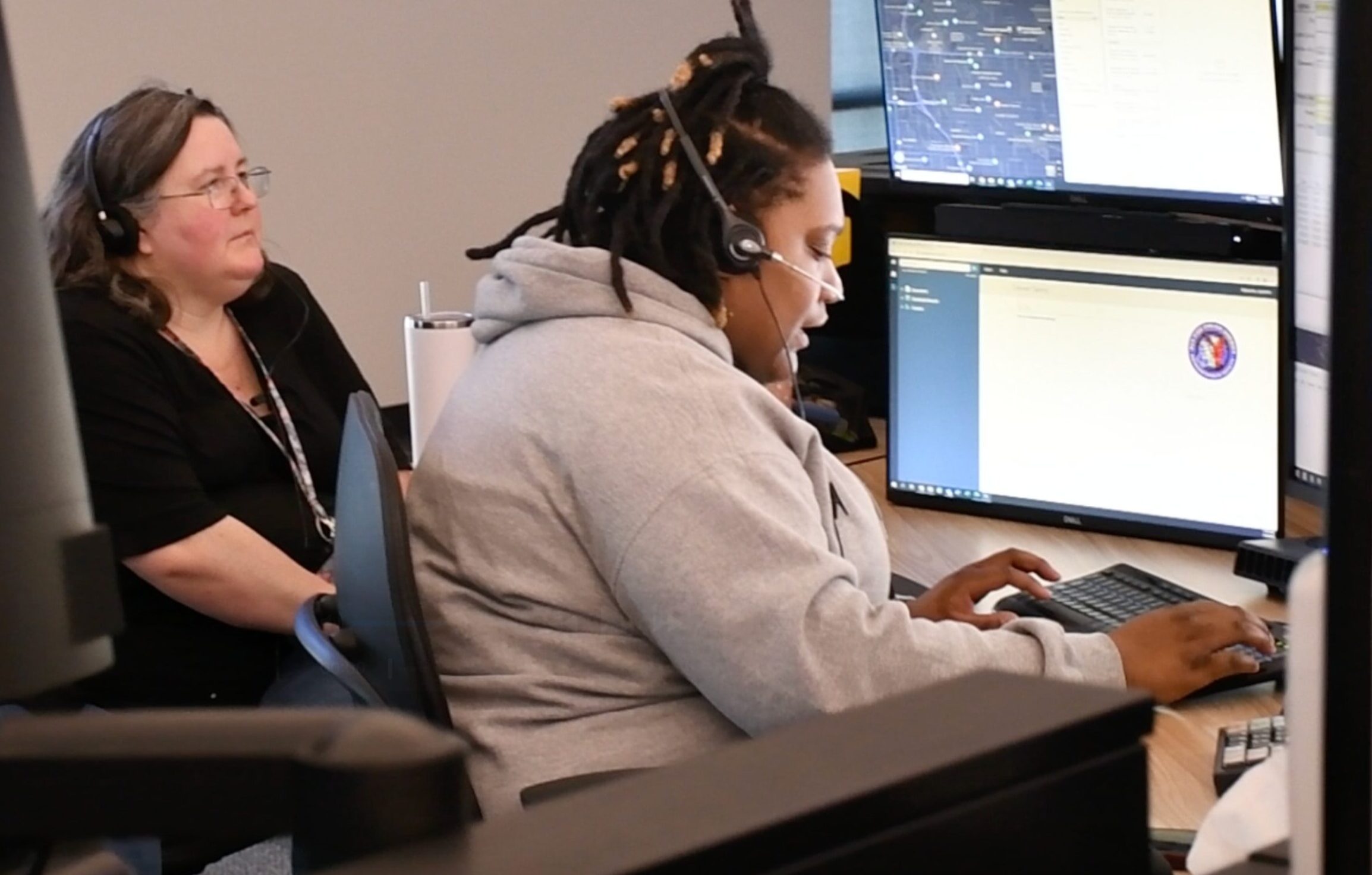
Photo Credit: Denver 911
Community responder programs, which employ health professionals and staff trained in crisis response as first responders, are growing across the country as an effective mechanism for reducing client distress, providing timely support, and reducing the burden on police and hospitals. But their ability to assist a person in crisis often begins with how integrated they are within local dispatch operations. Now, examples and strategies are emerging that can help state leaders support, fund, and scale up what is working.
Given the newness of many community responder programs, local officials must work closely with emergency call centers to expand call triage processes to include these teams as a first response option. Call taker involvement in this process can help ensure calls are properly screened, identified, and relayed, and that dispatchers, who play a vital role in first response, have input on the protocols and procedures they will be using. Dispatchers are often exposed to much of the same chaos and trauma that responders face in the field and have to make decisions just as quickly. Therefore, their buy-in is critical to making sure that community responders are directed to the right calls.
“Dispatchers need to be part of the conversation when determining how best to integrate community responder programs into their operations,” said Andrew Dameron, director of emergency communications for the City and County of Denver and member of the national Expanding First Response Commission, which recently made new recommendations for how states can support community responder programs. “We did this in Denver with the help of a licensed clinician who is now embedded as a manager in Denver 911. This leader is able to provide a new perspective on which calls need a different response and why.”
In some communities, community crisis response is added within existing 911 and emergency protocols. In others, it may be integrated into an existing crisis line or within the protocols for the national 988 crisis number. Regardless of which path is chosen, when community responder programs are integrated into dispatch procedures, call takers can more effectively obtain the necessary caller information and dispatch the most appropriate response to community members.
Even though dispatch operations are primarily developed locally, state leaders are well-positioned to support this work given their ability to bring state and local emergency response partners together and ensure operations are consistent statewide.
Defining Community Responder Programs
With growing interest in these programs, the CSG Justice Center’s Expanding First Response Commission set out to clarify their scope and intended impact. Over two weeks, these 29 experts worked together to establish the following definition:
Community responder programs offer an additional option for first response. Composed of multidisciplinary professionals trained to address behavioral health and quality-of-life concerns, community responder programs provide a person-centered response to 911 and other emergency calls for service. Integrating community responder programs into first response systems ensures that all calls for service can receive the most appropriate response.
Learn more in Developing a Common Definition for Community Responder Programs.
3 Things State Leaders Can Do to Help Successfully Integrate Community Crisis Response into Emergency Dispatch Operations
The Expanding First Response Commission—which includes advocates, first responders, policymakers, researchers, state and municipal officials, and people with other personal and professional experiences—met between January and March 2025 to develop actionable guidance for state leaders interested in supporting local community responder efforts. Below are three of their recommendations:
1. Bring emergency response stakeholders together.
Develop a statewide workgroup (or expand on an existing taskforce)—including representatives from fire departments, emergency medical services, law enforcement, dispatch, 988, and labor unions—to discuss 911, 988, and how community responder teams can fit into call triage protocols so the community can reach them no matter what number they call. The workgroup can also facilitate statewide resource mapping and discuss challenging topics such as call routing, liability questions, how to better centralize operations, and knowing what resources are available. They can also develop and support standard triaging procedures based on promising operations in other communities.
2. Develop funding mechanisms that help sustain dispatch operations and support communities further refining their triage processes.
State leaders can pass legislation that funds expanded dispatch operations, for example, by allowing part of 911 emergency phone taxes to support dispatch of community responder teams. Grant opportunities for local community responder programs can also be established so that local leaders have the funding to develop ongoing training for dispatchers, educate the public about different emergency call line options, and build out data collection processes.
3. Pass legislation that classifies dispatchers as first responders and expands their opportunities for career benefits and job protection.
When expanding dispatch operations to include community responder teams, leaders must consider the additional layer of decision-making and training call takers will need to triage calls effectively. They should also be aware of liability concerns that dispatchers may have about sending a non-law enforcement team to address time-sensitive calls. For a workforce that is already overworked and underpaid, passing laws that allow call centers to offer more competitive salaries and liability protections, like that of other first responders, can help shore up their profession and attract and retain employees.
Read more recommendations from the Expanding First Response Commission.
State Example of These Strategies in Action
In 2020, Virginia’s governor signed the Marcus-David Peters Act (“Marcus Alert”) into law to ensure coordination among 911 and the state’s regional crisis call centers (RCCCs) so that people experiencing a behavioral health crisis would be sure to receive a behavioral health response. Marcus Alert was named for Marcus-David Peters: a young, Black biology teacher who was killed by Richmond police in 2018 while experiencing a mental health crisis. Since its passage, 10 localities have already implemented the Marcus Alert program. Now, more Virginians have access to teams such as community responders and other mobile crisis services whether they call 911 or any of the RCCCs—which, in Virginia, answer calls to 988. When calls are transferred to the RCCCs, they are answered by staff who are trained to assess what type of intervention is needed. The call centers typically are then able to provide services ranging from over the phone de-escalation to community responder teams, and in certain cases, they will also coordinate with law enforcement to arrive on the scene.
Project Credits
Writing: Rachel Lee, CSG Justice Center
Research: Mari Bayer, Michelle Fernando, and Rachel Lee, CSG Justice Center
Advising: Hallie Fader-Towe and Anne Larsen, CSG Justice Center
Editing: Darby Baham, CSG Justice Center
Design: Theresa Carroll, CSG
Web Development: Caroline Cournoyer, CSG Justice Center
Public Affairs: Sarah Kelley, CSG Justice Center

